On April 5, while the Front Command ordered a temporary halt to fighting on Hill A1, in general, on the entire Dien Bien Phu battlefield, the eastern ground had stopped firing, but in the west, units continued to dig trenches and attack to completely occupy the airport, cutting off the enemy's supply stomach.
In this attack, our troops accomplished most of the assigned tasks, destroyed over 2,000 enemies, captured 4 out of 5 high points in the East and controlled a part of the North and West up to the border of Muong Thanh airport. However, some units were not successful, so in general, the troops did not fully implement the plan of the attack.
According to the book "General Hoang Van Thai's Collection", General Hoang Van Thai said: Through initial discussions in the staff agency after the second offensive ended, we realized that our army was facing new difficulties and the staff function required us to be urgent in researching and proposing solutions.

General Vo Nguyen Giap and the General Staff of the Vietnam People's Army study the operational plan for the Dien Bien Phu Campaign. Photo courtesy of VNA
After two battles, in terms of strength, although we were still superior to the enemy, we were not completely superior. In terms of combat skills and command organization, the battle on the eastern high points revealed some weaknesses of the troops before a large-scale attack on a solid fortification. The troops' health began to decline. The first rains of the season appeared earlier than usual. The life of the troops in the trenches, especially those of the 308th Division in the West, began to face difficulties. Then the campaign dragged on, summer came, and the weather became even more unfavorable. The deeper the troops advanced, the more fierce the fighting became, and the more difficult it was for our forces to avoid being exhausted and tired.
From the above reality, the issue that arose in our minds was to discuss with the cadres in the agency and unit how to continue fighting the enemy. Delegations of cadres from the three front agencies were sent down to assess the situation of the troops after the battle. The first cadres invited by the Campaign Commander to report and express their opinions were the comrades who had commanded the regiments that had just fought A1, Regiment Commanders Hung Sinh, Nguyen Huu An and two other cadres from the 174th and 102nd regiments.
The agency arranged for the comrades to rest, bathe, and regain their strength after days of continuous intense fighting. After that, Comrade Giap and we sat and listened to the comrades recount the developments of the recent battles and express their thoughts on the upcoming battle. According to the comrades, to destroy A1, we had to use a small number of brave and skilled soldiers, led by highly determined cadres, to secretly bring explosives to attack the underground tunnel entrance. Only by destroying the underground tunnel could we destroy A1. Finally, all four comrades asked their superiors to continue preparing to destroy this key enemy stronghold.
From April 5, while grasping the situation, the three front agencies urgently prepared for the second round of the review conference. The review reports of each agency were carefully prepared, went through many exchanges and discussions, and were finally completed after the Party Committee's resolution assessing the situation after the battle.
In the Northern Delta, we destroyed the Hoa Dinh position ( Bac Ninh ), killing 155 enemies.
On the enemy side: In the memoirs of former US President Eisenhower, it was written: Valluy called Ély to report to the US military , everything went smoothly. At the same time, the French Embassy in Washington announced a number of articles and unsigned telegrams talking about a massive Chinese intervention in North Vietnam. This was a way to prepare public opinion for the US public and Congress before a US intervention in Dien Bien Phu.
On the same day, US President Eisenhower wrote to British Prime Minister Churchill a letter outlining a draft for joint action in Indochina. “It is important that the alliance be strong and ready to go to war if necessary. I do not foresee any need for significant intervention of your and our land forces... Shall I repeat the lessons of history? We failed to stop Hirohito, Mussolini and Hitler because we failed to unite and act in time. This led to a long period of heartbreaking tragedies and seemingly inescapable dangers. Has our country learned anything from that experience?...”.
Source





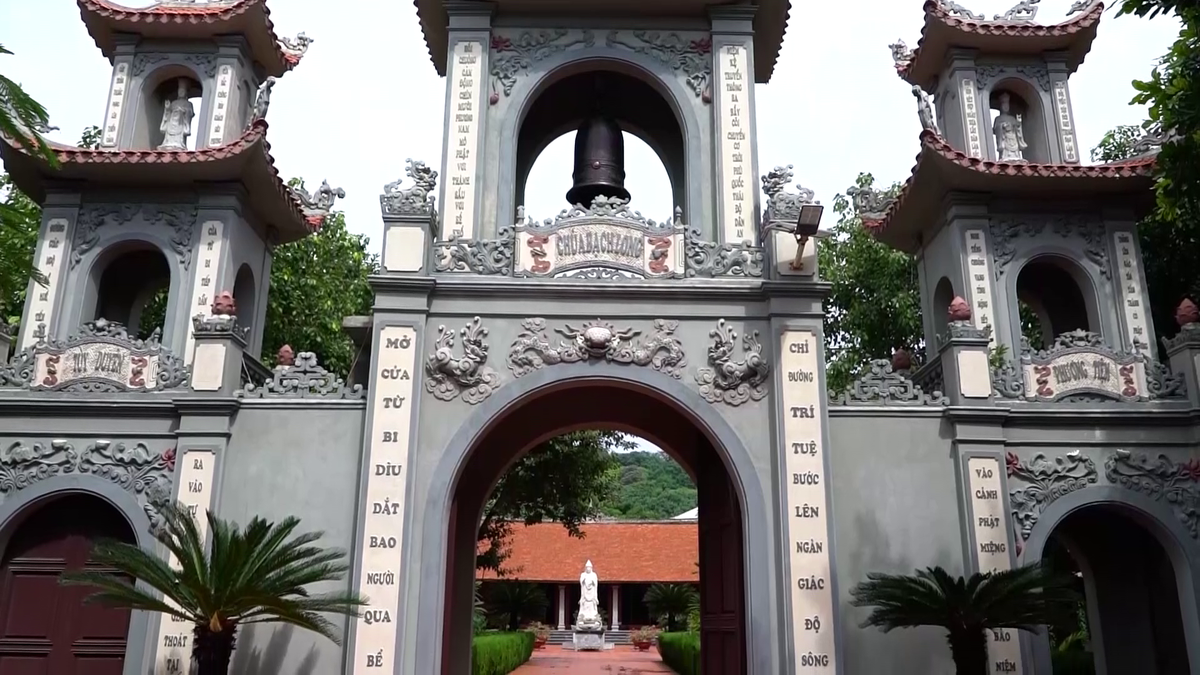









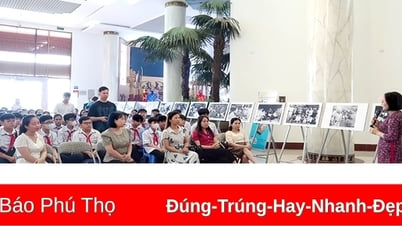
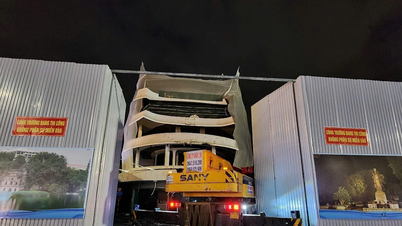

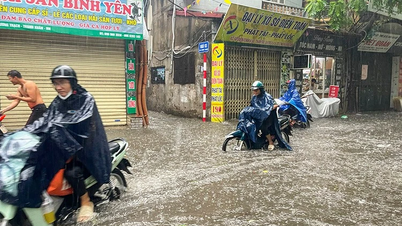

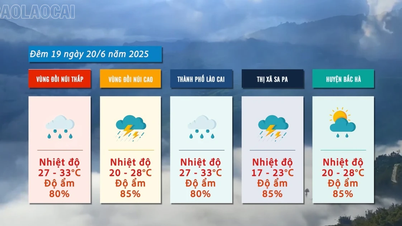

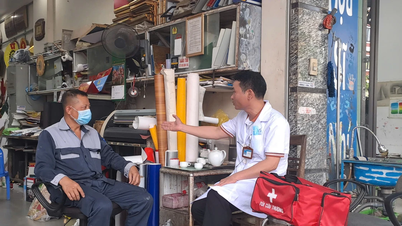









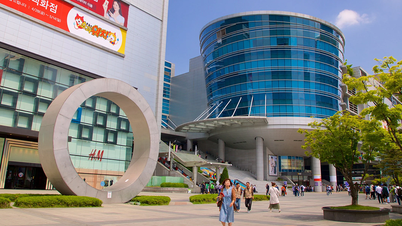



















































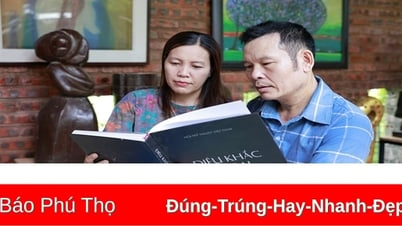

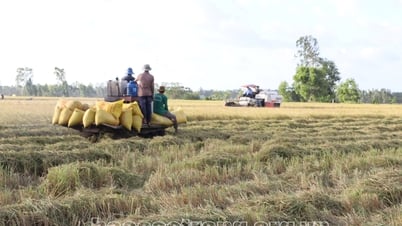

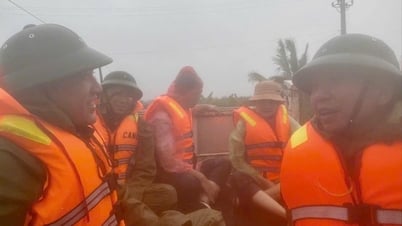

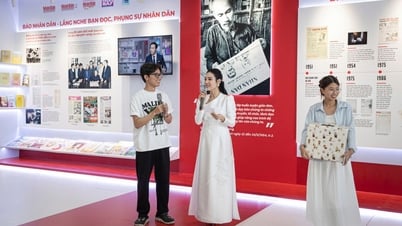
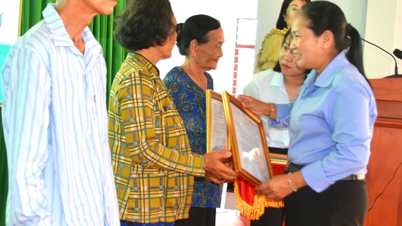













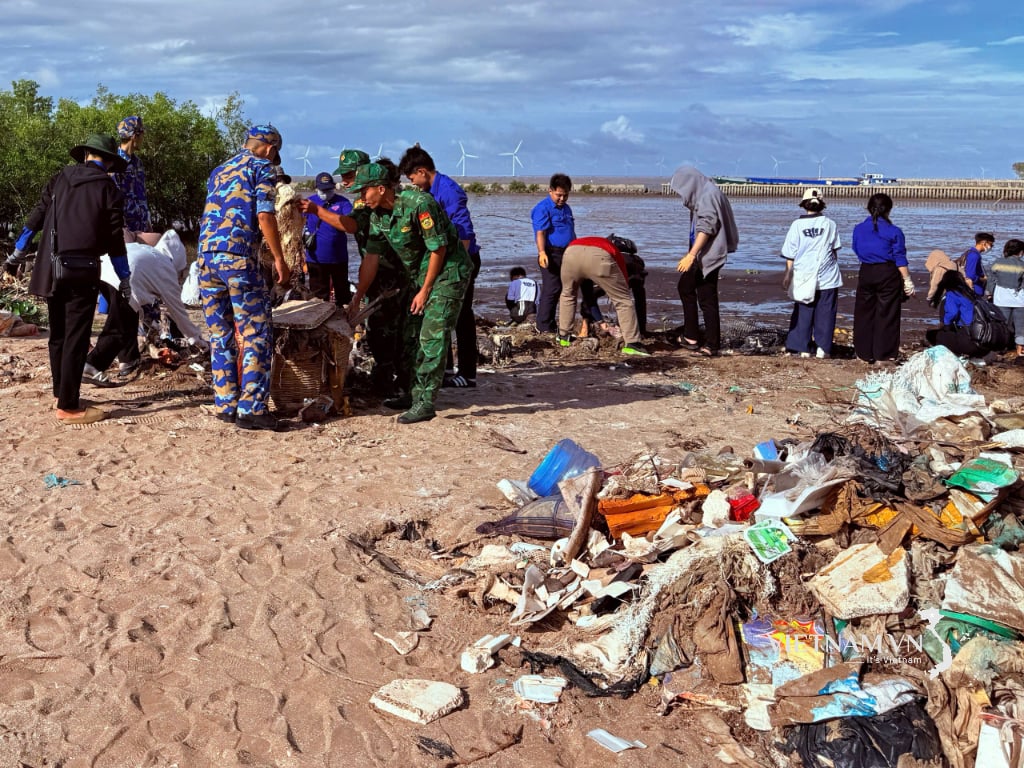


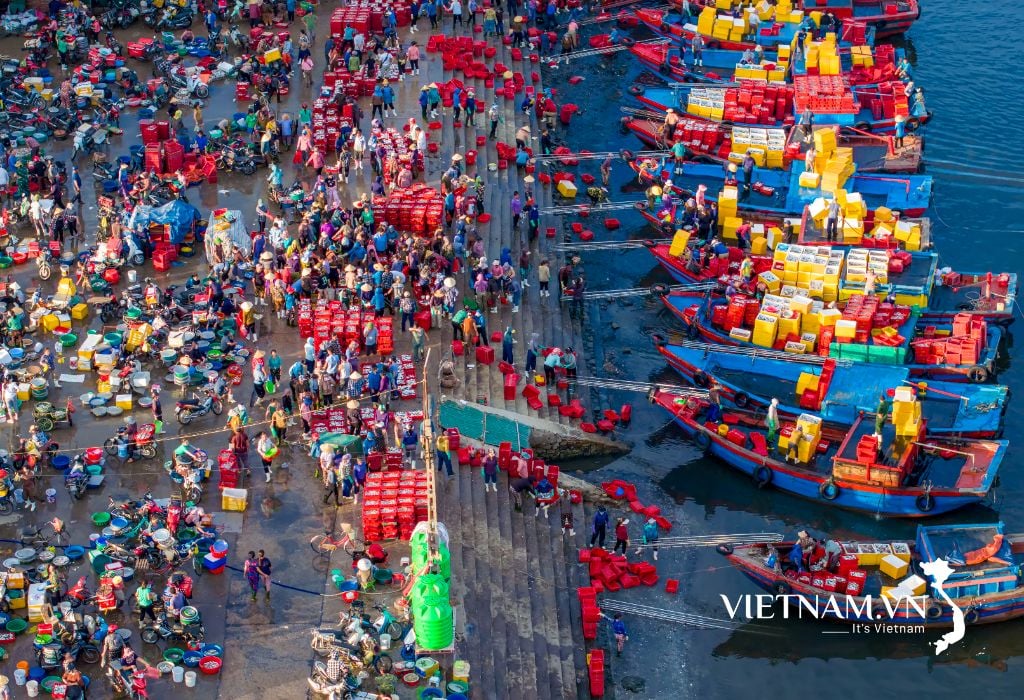
Comment (0)